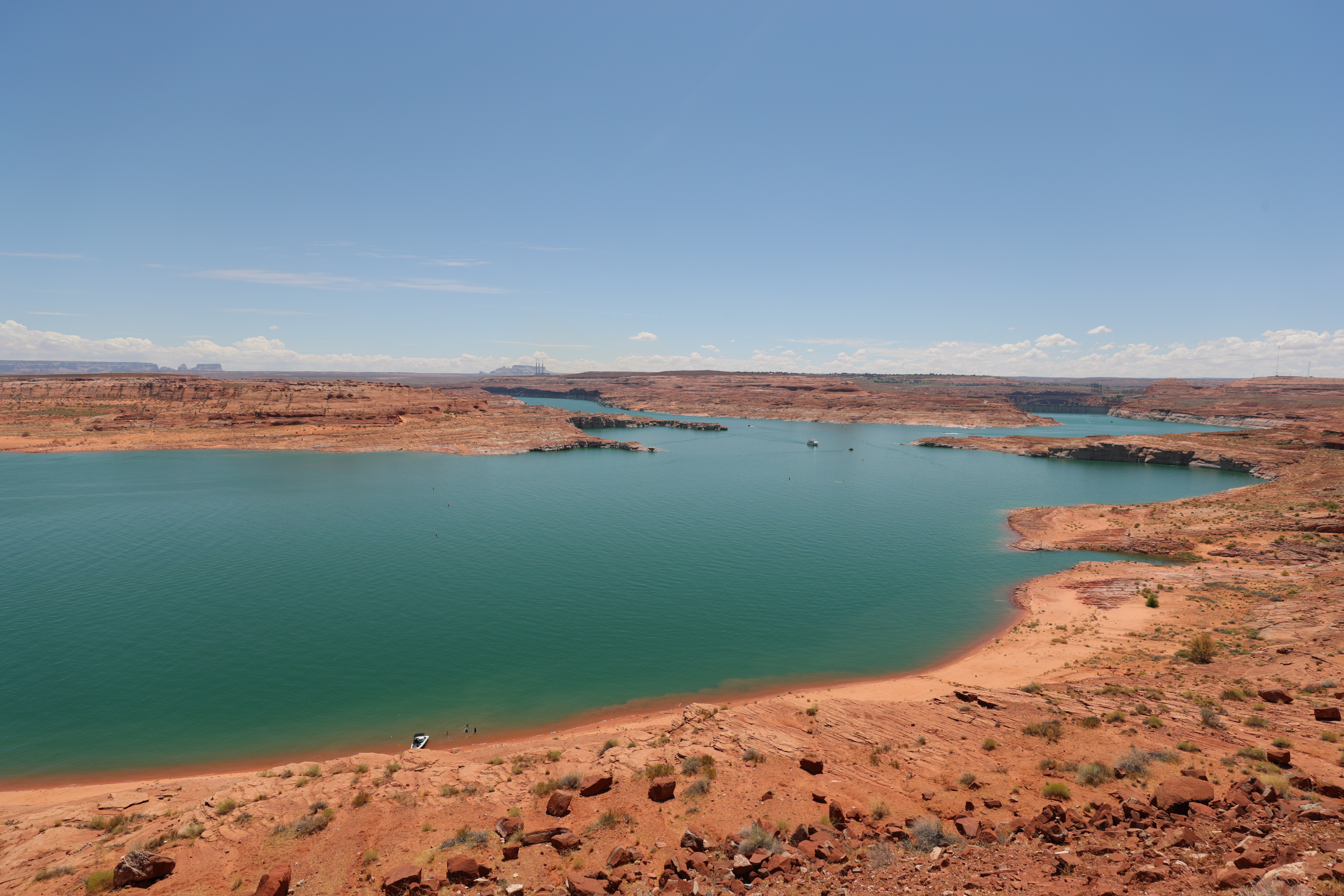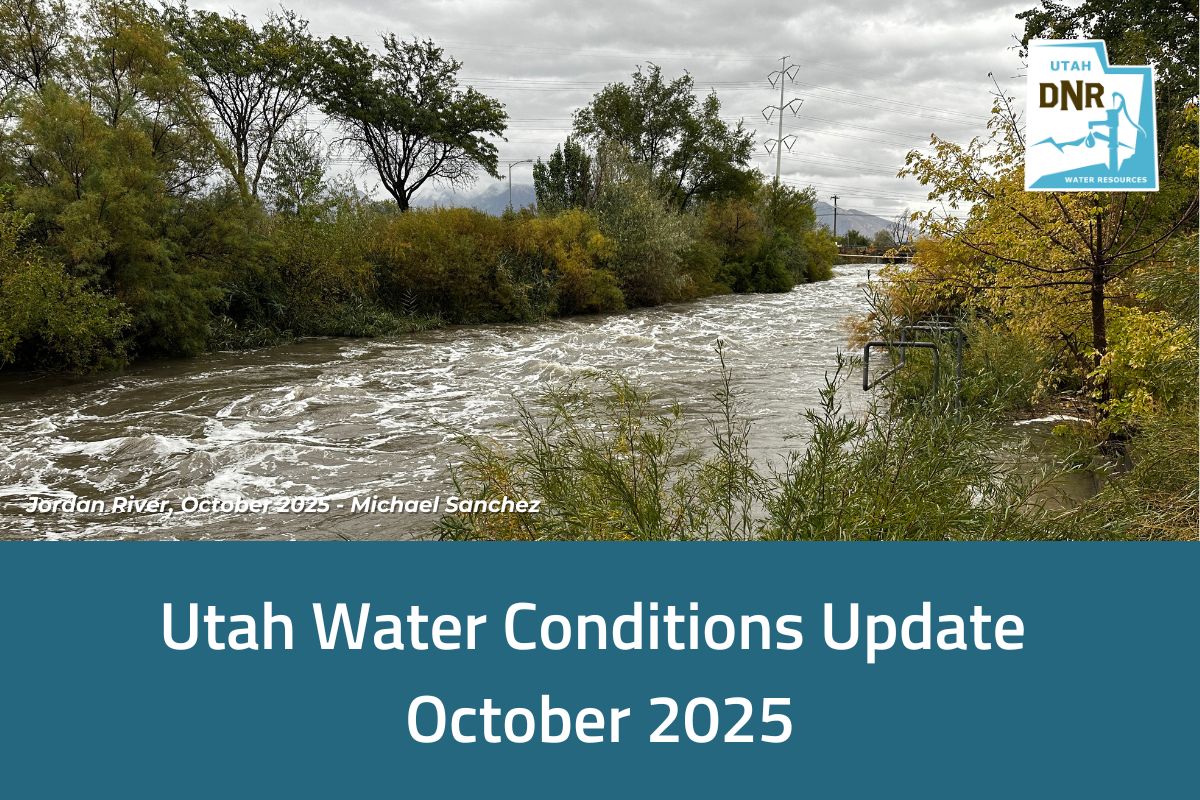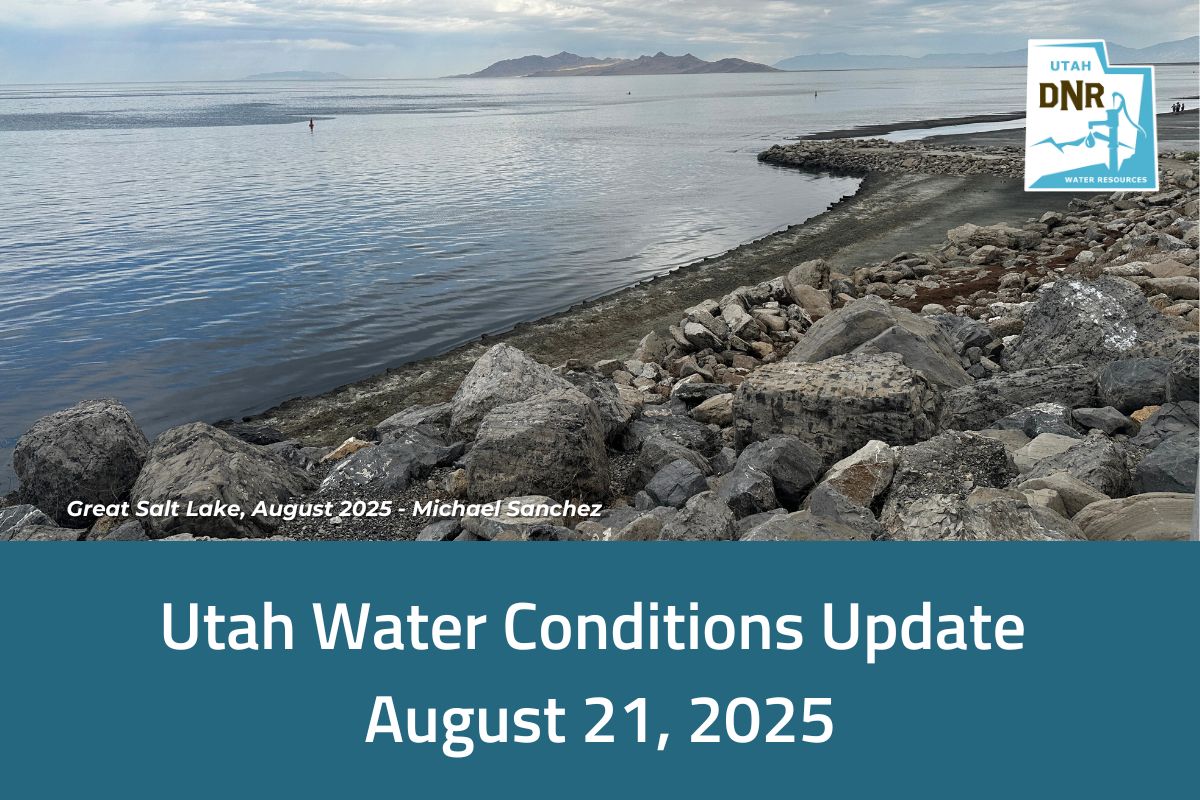The State of Utah and its partners have been dealing with quagga mussels for more than a decade and have plans in place to keep mussels from becoming an issue for the Lake Powell Pipeline (LPP).
“The State of Utah, through the Department of Natural Resource’s aquatic invasive species program, spends millions of dollars to keep quagga mussels from spreading to other Utah lakes and reservoirs from Lake Powell. It’s an extremely successful and aggressive program,” said DNR Executive Director Brian Steed. “Keeping our waterbodies free of invasive species will continue to be a priority for the state; and that focus extends to the future development of water delivery systems.”
Quagga mussels were discovered in the Great Lakes in the 1980s and were found in Lake Powell in 2012. They “hitch” onto boats and equipment and can be transported from one water body to the next. It is easier to treat a pipe for mussels than an open body of water.
Plans are in place to prevent the spread of the mussels from Lake Powell through the proposed pipeline and Sand Hollow reservoir. Preliminary designs for the Lake Powell Pipeline include a filtration system, chemical mix and coating to be applied to the intake portion of the pipeline that would help prevent mussels from entering the system.
Water entering the LPP intake (where the water enters the pipe) will be treated with an EPA and National Park Service approved molluscicide, then the water would be passed through a filter to remove biological materials, this process could be repeated at each of the four booster pump stations to stop mussels from reaching Sand Hollow.
Fish and trash screens on the LPP intake would require periodic physical cleaning to remove adult mussels and other biological growth from the screen surfaces.
This is a similar approach the Southern Nevada Water Authority has taken for its third intake at Lake Mead. See more at https://www.snwa.com/water-
About the Lake Powell Pipeline
The Lake Powell Pipeline is a water delivery project that will provide water to 13 communities in southern Utah. The project consists of approximately 140 miles of underground pipeline, five pump stations and six hydroelectric generation facilities. The LPP is part of a comprehensive, long-term water supply plan for southern Utah that includes new resource development and increased water conservation. Visit LPPUtah.org for additional information.




